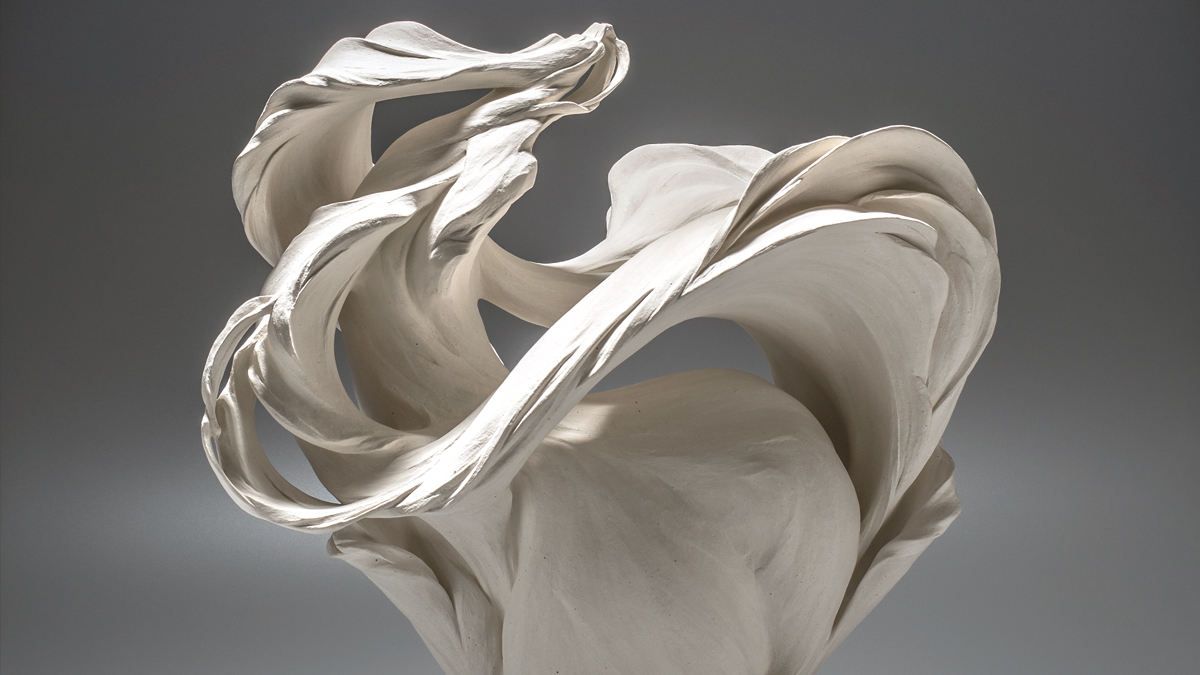Slow Art Day 2021
The Gardiner Museum brings together people of all ages and backgrounds through the shared values of creativity, wonder, and community that clay and ceramic traditions inspire.

- This event has passed.
Slow Art Day 2021
April 10, 2021

What is Slow Art Day?
Slow Art Day is a global event with a simple mission: help more people discover for themselves the joy of looking at and loving art.
Why slow?
When people look slowly at a piece of art they make discoveries. The most important discovery they make is that they can see and experience art without an expert (or expertise). And that’s an exciting discovery. It unlocks passion and creativity and helps to create more art lovers.
Slow Art Day 2021
This year, we created a virtual slow looking exercise that focuses on two ceramic sculptures from The Diana Reitberger Collection by Japanese women artists at the top of their field. We invite you to follow the prompts, which encourage a deeper engagement with the works. Press play, relax, and enjoy!
About the artists
Fujikasa Satoko (b. 1980) crafts dynamic and fluid sculptures that are hand built using traditional Shigaraki clay and the tehineri technique, in which slender coils of coarse yet pliable clay are blended, requiring months of work to complete a single form. Because of the extraordinary thinness of the walls, especially toward the top, the pinching and pulling of the clay is a race against time and drying. She views her aesthetic as representing the interaction between form and air, a synergy between the solidity of clay and the intangible forces of nature.
Hattori Makiko (b. 1984) creates swirling, densely packed sculptures that are completely covered, both inside and out, with thousands of tiny bundles of ribbon-shaped clay shavings evocative of flower petals. This exceptionally meticulous and time-consuming technique, which involves application with a thin needle, requires a form of rhythmic repetitiveness in which the artist finds personal serenity.

Header: Fujikasa Satoko, Hiten; Seraphim, 2016, Stoneware with white slip glaze, The Diana Reitberger Collection



